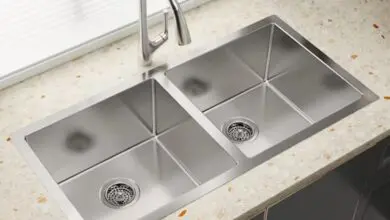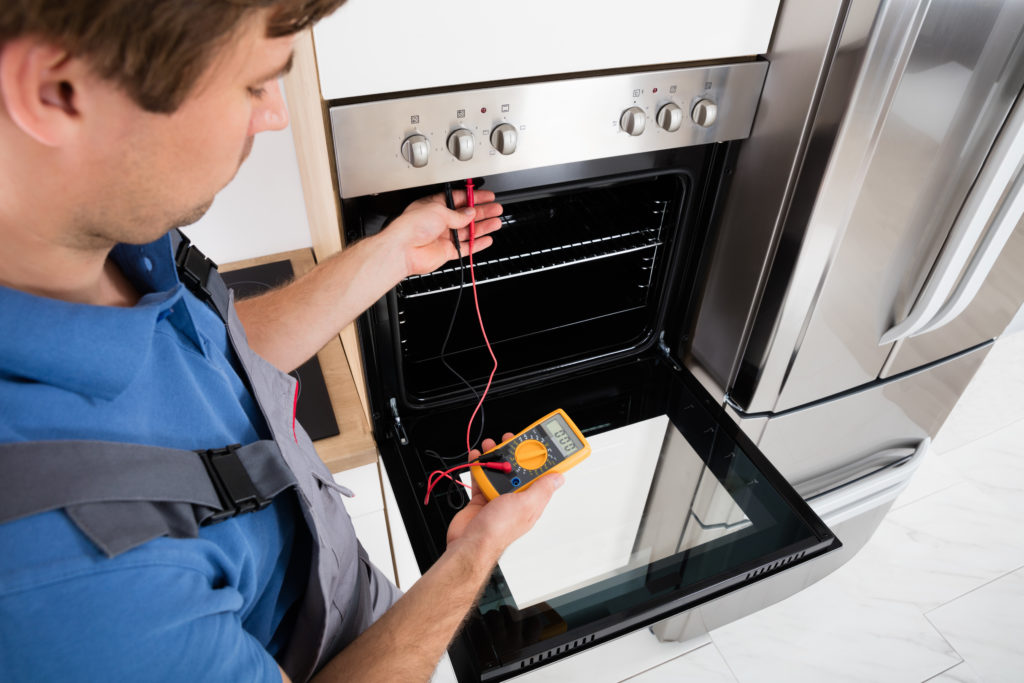
As a homeowner or business owner, ensuring the safety of your electrical equipment is crucial. One way to do this is by conducting Portable Appliance Testing (PAT) regularly. PAT testing is the process of inspecting electrical equipment to ensure that it is safe for use.
PAT testing frequency is a common question that many homeowners and business owners ask. How often should it be conducted? The answer to this question depends on various factors, such as the type of equipment, the environment in which it is used, and the level of risk associated with its use.
In general, the Health and Safety Executive (HSE) recommends that portable electrical appliances in a low-risk environment, such as an office, should be tested every two to four years. In contrast, equipment used in a high-risk environment, such as a construction site, should be tested every three to six months.
However, it’s essential to note that these recommendations are not set in stone. The frequency of PAT testing will vary depending on the specific circumstances. For example, equipment that is frequently moved or subject to wear and tear may need to be inspected more frequently.
As a homeowner or business owner, it’s your responsibility to ensure that your electrical equipment is safe to use. To help you determine the appropriate PAT testing frequency for your equipment, here are some factors to consider:
Type of Equipment
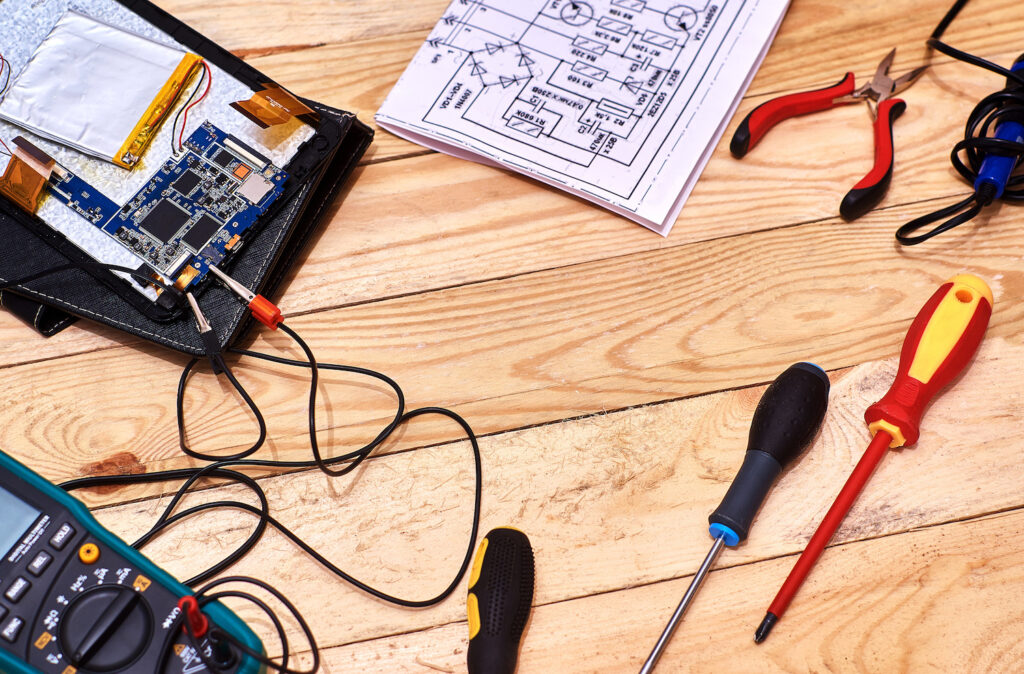
The type of equipment you have will play a significant role in determining how often it needs to be inspected. Some common types of equipment that require PAT testing include:
- Electrical appliances
- Extension cords
- Power tools
- Lighting equipment
- Kitchen appliances
- Portable heaters
Environment
The environment in which your equipment is used is also an important factor to consider. For example, equipment used in a dry, clean office environment will typically require less testing than equipment used in a wet, dusty construction site. Other environmental factors to consider include:
- Temperature
- Humidity
- Dust
- Water
- Chemicals
- Vibration
Level of Risk
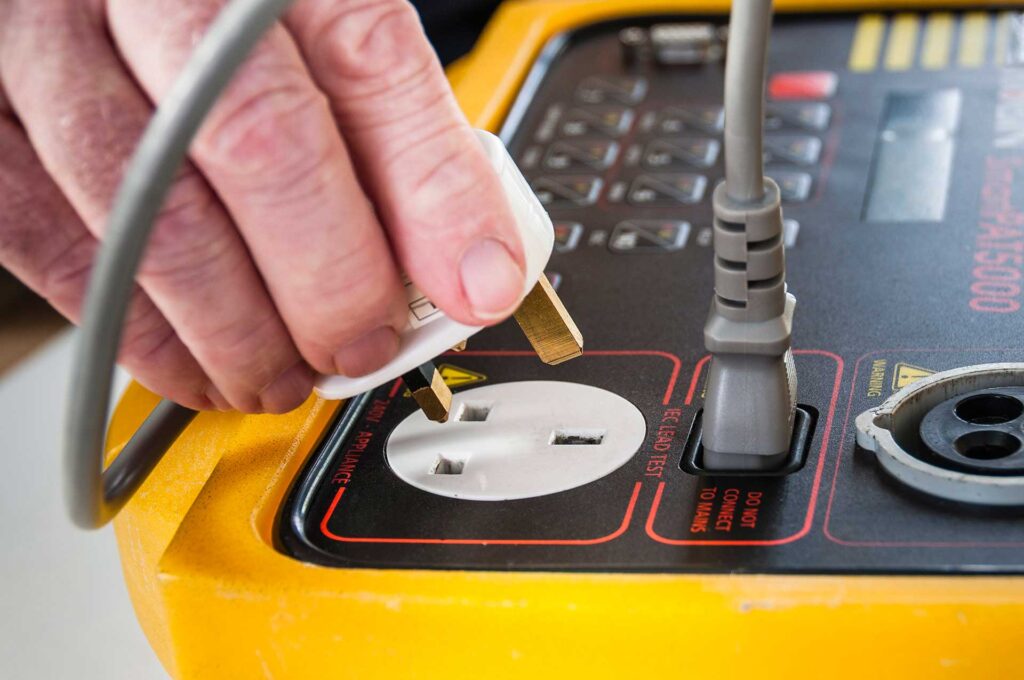
The level of risk associated with using your equipment will also play a role in determining the frequency of PAT testing. For example, equipment that poses a significant risk of injury or death, such as power tools or heavy machinery, will need to be inspected more frequently than low-risk equipment like a desktop computer.
Other factors to consider include the age of the equipment, its condition, and its usage patterns. Ultimately, it’s up to you as the homeowner or business owner to assess these factors and determine the appropriate testing frequency for your equipment.
If you’re unsure about how often your equipment needs to be inspected, you can always consult a professional PAT testing service. This service can assess your equipment and help you determine the appropriate testing frequency based on your specific circumstances.
In addition to ensuring the safety of your electrical equipment, regular PAT testing can also provide other benefits. For example, it can help you:
- Identify faulty equipment before it becomes a safety hazard.
- Reduce the risk of electrical fires and other accidents.
- Ensure compliance with health and safety regulations.
- Protect your employees, customers, and property.
Summary
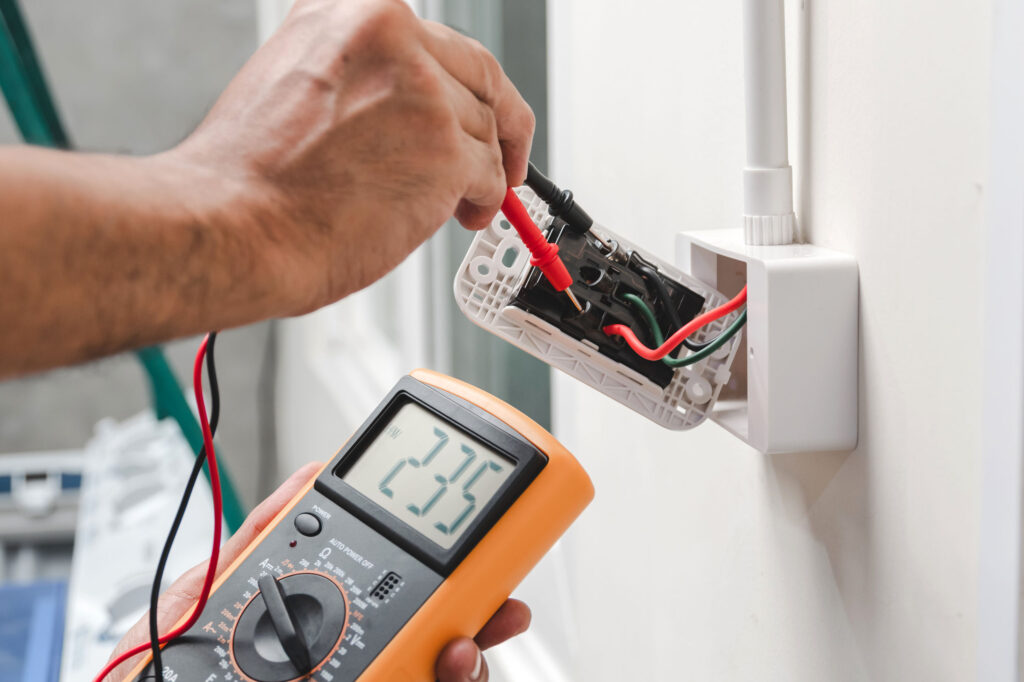
In conclusion, PAT testing is a crucial aspect of ensuring the safety of your electrical equipment. The appropriate inspecting frequency will depend on various factors, including the type of equipment, the environment in which it is used, and the level of risk associated with its use. As a homeowner or business owner, it’s your responsibility to assess these factors and determine the appropriate testing frequency for your equipment. If you’re unsure, a professional PAT testing service can help.



